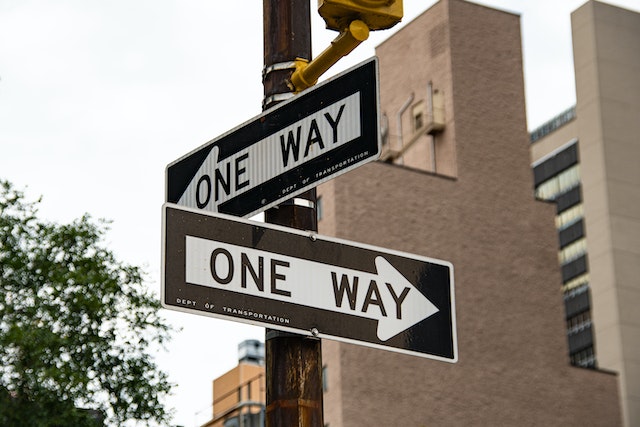Regulatory signs for traffic control are crucial to keeping a safe and orderly traffic flow. The regulatory signs Seattle, WA, are also important for motorists to know so they can make a well-informed decision about whether or not to proceed.
Contents
Yield Signs
Yield signs are traffic control signs that assign the right of way to traffic on certain approaches to intersections. The Yield sign is a triangle-shaped symbol with a white region in the center. The white region warns that the driver must slow down and stop to avoid interfering with traffic that is not moving in the same direction.
Yield signs are often placed at intersections to help drivers slow down and stop when necessary. This is especially useful near school areas. They are also used at intersections with low traffic.
Yield signs are typically displayed with the same triangular shape but may have other markings. For instance, the sign may have red trim around the edges. It may also have a word stating Yield printed inside the triangle.
Stop Signs
Whether you are a traffic engineer or a motorist, it is important to know what a stop sign is. It is a device to notify drivers that they have a right-of-way at an intersection. It is usually an octagon with a white legend or a red circle with a white or yellow background.
Stop signs are used in places where there is poor visibility, where there is high traffic volume, or at sites with a high accident history. However, when these devices are installed for the wrong purpose, they can create more problems than they solve. For example, they can arbitrarily interrupt traffic and cause frustration for drivers.
The Manual on Uniform Traffic Control Devices (MUTCD) provides guidelines on installing a stop sign. The Manual considers some factors, such as the number of cars that arrive at an intersection simultaneously, the length of time that traffic must wait, and the availability of safe crossing opportunities. It also provides quantitative guidance for multiway stops.
Guide Signs
Using guide signs for traffic control can provide drivers with information regarding a road or destination. Guide signs typically have a blue or brown background and white or fluorescent pink legends. In addition to providing directions, guide signs are a useful way to warn of upcoming dangers.
Typical guide signs include route markers, destination signs, and information signs. They are typically placed in the most visible location to approach traffic. In some cases, guide signs may include a supplemental plaque with an ICE legend.
Advisory speed signs are also available. They are a helpful supplement to speed limit signs, especially when a driver needs to slow down. Examples of advisory speed signs include rough road signs, hill signs, and curve signs. However, caution is still needed. Advisory speed signs should not be used at speeds faster than the posted speed limit. Instead, they should be used when the driver can stop safely but is still decelerating to a speed equal to the speed limit being approached.
Warning Signs
Regulatory signs are one of the most important traffic control signs. They are designed to convey traffic information to drivers and pedestrians concisely and effectively.
Regulatory traffic signs include one-way, do not enter, no turn on the left, and speed limit. These signs demand the most attention from drivers. They also need to be simple and uniform. Using regulatory signs improperly can lead to costly tickets and bad driving records.
Guide signs are another major type of traffic control sign. They are designed to guide drivers along streets and highways. They are generally rectangular signs with a white message on a green background. These signs guide drivers along highways and streets by telling them about the intersections and routes.
Other traffic control signs include warning signs informing drivers of dangerous situations. For example, they include signs that warn drivers of narrow roads, a railroad crossing ahead, a hairpin curve, or a bicycle crossing.

